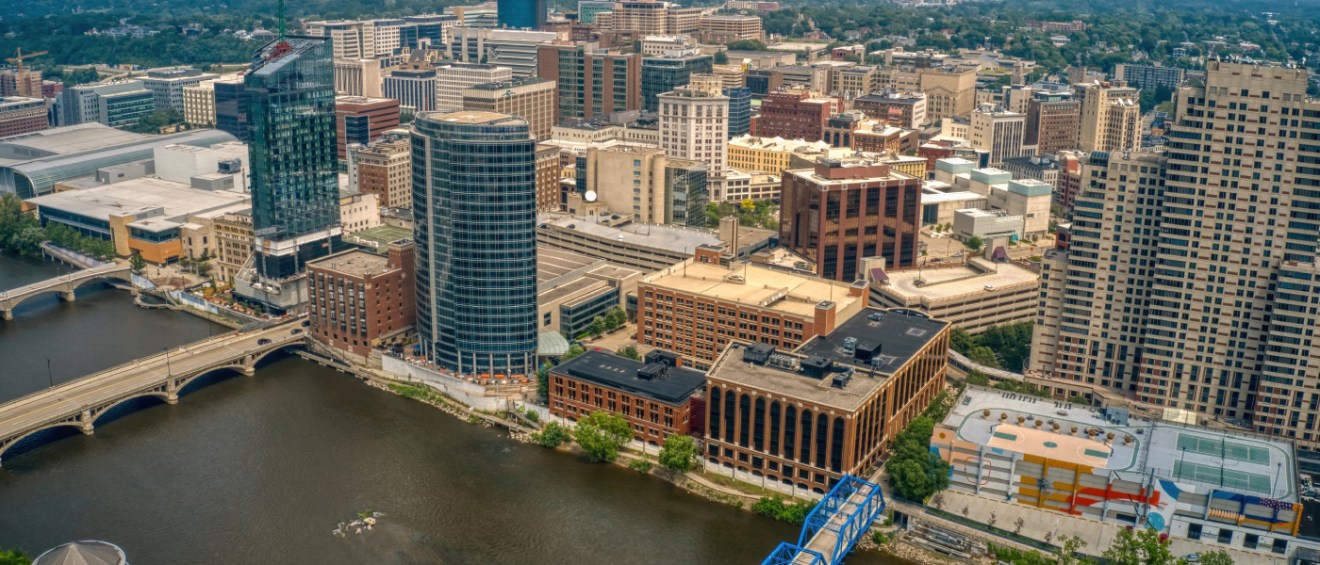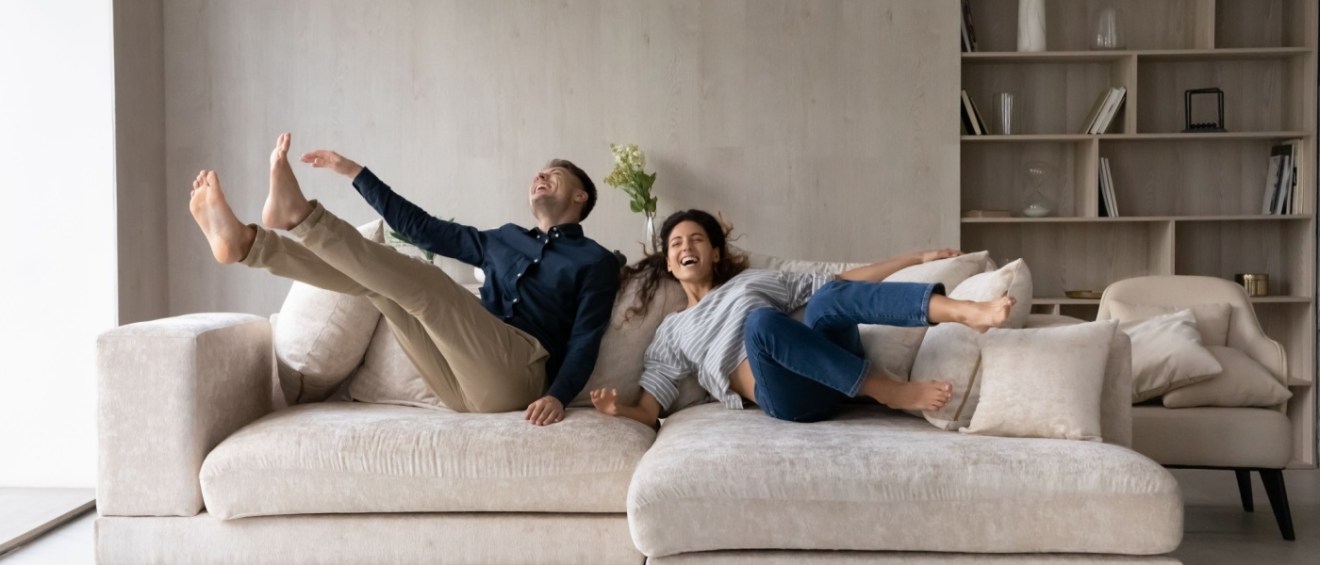Share this article:
You may not own your home, but turning it into a more comfortable retreat for you and your family to enjoy is not that hard either. With a little effort and some inspired changes you can actually reduce your carbon footprint, enhance the looks of your interiors and save some money in the process, too.
Most of us don’t know much about furnaces, insulation, and hot water heaters nor have access to the boiler rooms. Usually our landlords take care of large improvements like that, conducting home energy audits and installing solar panels, energy-efficient heating equipment or high-efficiency windows. Trying to talk to them about it might be worth a chance. As many energy-efficiency improvements qualify for cash incentives and state energy tax credits, property managers may take the opportunity to enhance the housing quality while adding value to their property.
Then you may enroll yourself in a few easy improvement projects to make your home more cost efficient in terms of energy use.
- Nowadays anyone can change a bulb, right? Replacing standard incandescent light bulbs with energy-saving compact fluorescent light bulbs (CFLs) totally pays off and requires no specific skills. The only question remains: how many presidential spokespersons does it take to change a light bulb? Well, most likely three. One to change it and two to spread the good news on Twitter.
- Install low flow showerheads and faucet aerators. Showerheads are not only pragmatic solutions to water over-consumption but they are also very pretty additions to any bathroom décor and you can take them with you once you move.
- Unplug battery chargers for power tools, mobile phones, laptops and other devices when not in use. Power vampires are there, lurking in the dark, even when you’re not around to see them.
- Don’t postpone dealing with leaky toilets and faucets. Submit a maintenance request to your landlord as soon as you notice the problem.
- Caulk the windows and doors, especially if you live in an old building. You can place draft snakes under doors and around windows to prevent cold air from creeping in. Additionally, thermal shades and heavy curtains act as heat barriers, keeping the heat in during winter and out during summer.
For more intensive and personalized weatherization resources, visit energyimpactillinois.org.
Share this article:
Amalia Otet is an online content developer and creative writer for RENTCafé. She loves all things real estate and strives to live beautifully, one green step at a time.
The Ready Renter has your back
Tips, news, and research curated for renters, straight to your inbox.




Related posts
Subscribe to
The Ready Renter newsletter







